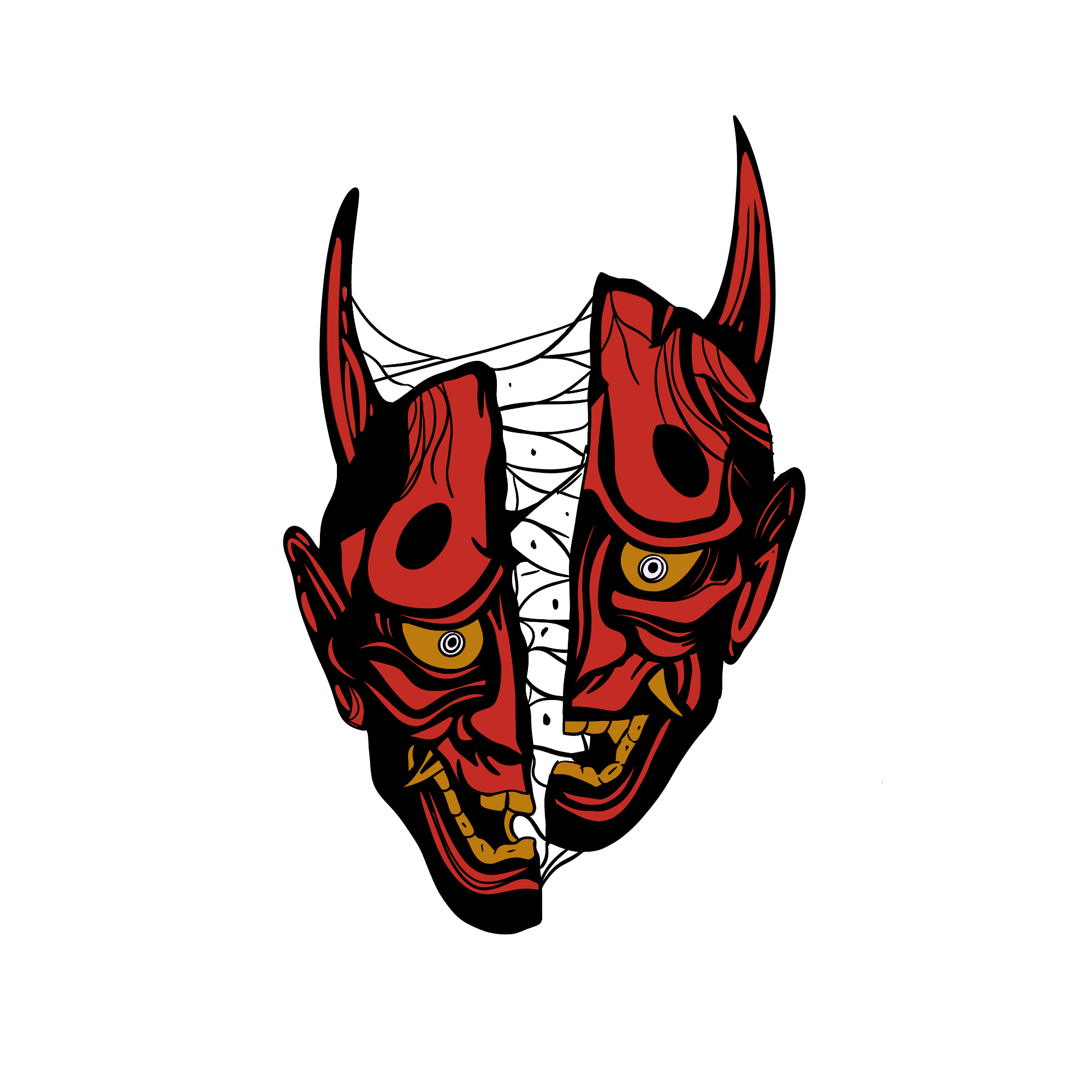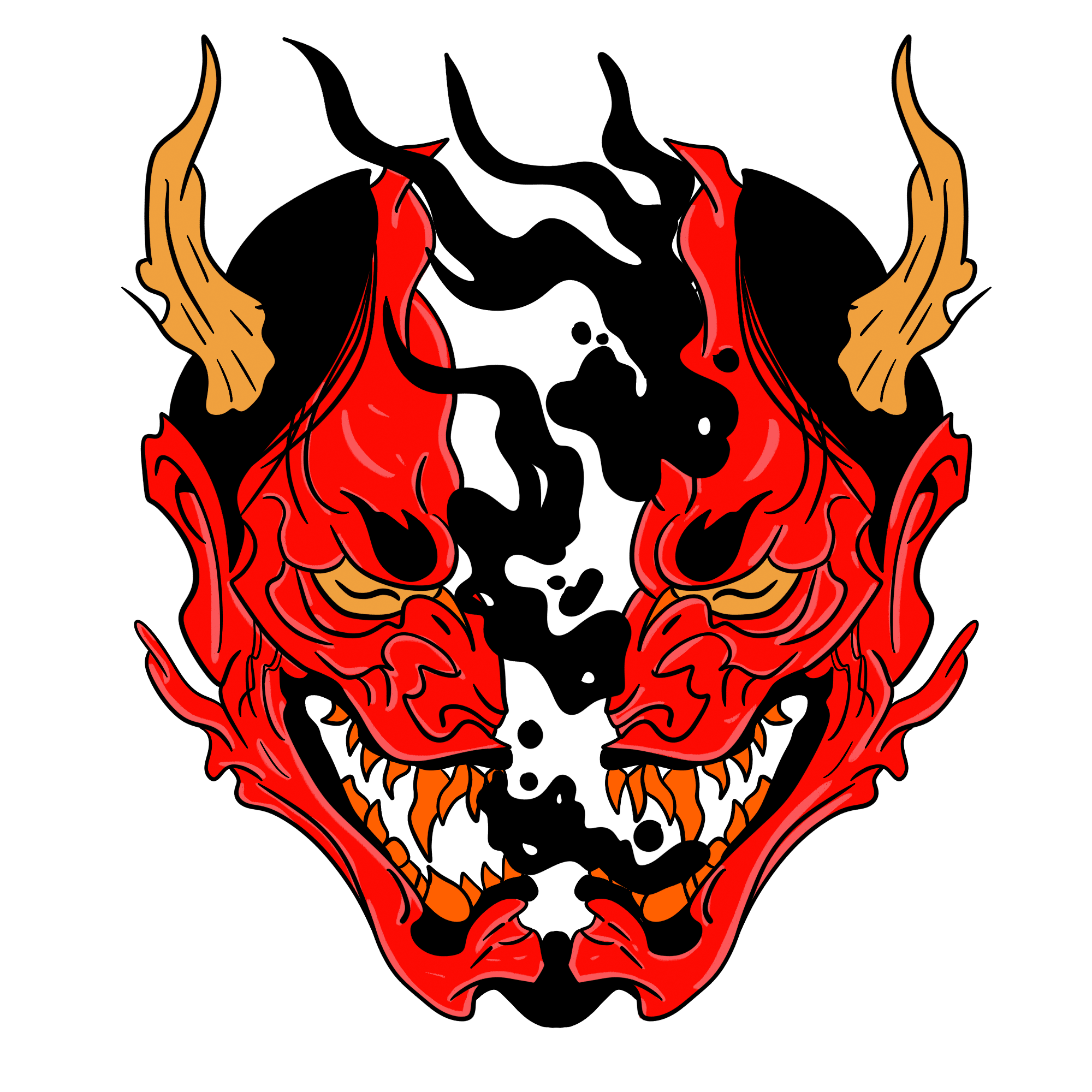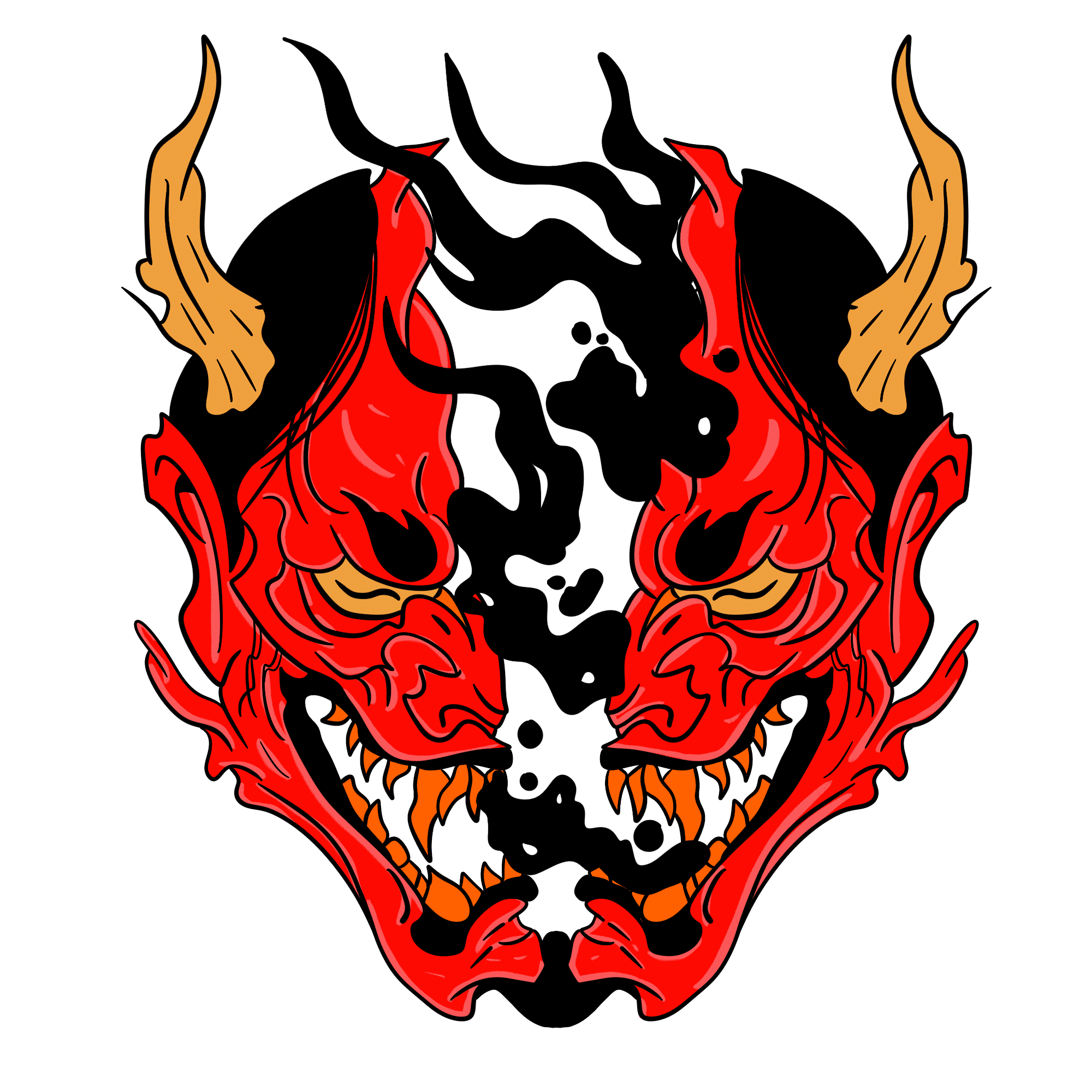Wrath


The concept of wrath has persisted throughout human history, transcending cultures and belief systems. Often personified as a demon or an elemental force, wrath embodies the darker aspects of human emotion, particularly anger and the thirst for vengeance. In various religious and mythological texts, wrath serves as a cautionary symbol, reminding humanity of the potential consequences of unchecked emotions.
Wrath is commonly associated with sudden, intense anger—an emotion that can lead to destructive actions. This emotional state is often depicted as a demonic force, manipulating individuals into committing acts of violence or vengeance. The demon of wrath thrives on chaos and disorder, feeding on the negative energies generated by rage.
In many traditions, wrath is not only viewed as an individual flaw but also as a collective societal issue. It represents the breakdown of moral and ethical codes, culminating in tragic consequences for both sole perpetrators and the communities around them. Thus, wrath often serves as a critical cautionary tale within narratives.
In Judeo-Christian contexts, wrath is intimately associated with divine judgment. The Hebrew Bible introduces readers to the concept of God's righteous wrath, a powerful force that punishes sin and injustice. Stories like the Great Flood or the destruction of Sodom and Gomorrah illustrate how divine wrath manifests as a reaction against human immorality.
The New Testament continues this theme, portraying God's wrath as a necessary aspect of final justice. In the Book of Revelation, the final judgment involves a judgment day where divine wrath is unleashed upon those who have rejected God. Here, wrath serves as a metaphor for the inevitable consequences of moral choices, emphasizing the importance of repentance and ethical living.
In popular depictions, figures like angry angels or demonic entities symbolize this wrath. For instance, the demon Asmodeus in some Jewish folklore is known for inciting lust and vengeance—two facets of human behavior often fueled by wrath.
Eastern and Western mythologies contain various interpretations of wrath as a demon or an elemental force. In Greek mythology, the Erinyes (Furies) epitomize divine retribution and the consequences of anger. They are tasked with pursuing wrongdoers to ensure justice, embodying both wrath and vengeance. Their relentless pursuit underscores the idea that anger must eventually be reckoned with, and justice must prevail.
Norse mythology features the concept of "Fenrir," a monstrous wolf associated with fate and vengeance. Fenrir's wrath is unleashed during Ragnarök, signifying the end of the gods and the world as we know it. He embodies the destructive potential of unbridled fury, illustrating the mythological parallels of wrath and chaos.
In Buddhism, while not personified as a demon in the traditional sense, the concept of anger and wrath is represented by "Mara," the demon who tempts individuals away from enlightenment. Mara embodies all that hinders spiritual growth, including the wrathful side of human nature. His role demonstrates the internal struggle against one’s own destructive impulses, a theme central to Buddhist practice.
Contemporary depictions of wrath continue to evolve in literature, film, and various forms of media. Characters embodying wrath often personify the battle between good and evil, illustrating deeper psychological conflicts. The advent of anti-heroes in popular culture serves to highlight the duality of wrath—fueling narratives that explore its allure and danger.
Additionally, societal responses to issues like systemic injustice, racial violence, and environmental destruction often evoke feelings of collective wrath. Activism driven by anger can be a powerful catalyst for change, but it is important to navigate these emotions constructively rather than allowing them to devolve into chaos and destruction.
Wrath, as a demon of anger and vengeance, is a multifaceted concept that has played an essential role in shaping religious and mythological understandings of human behavior. As a cautionary symbol, it serves as a reminder of the potential dangers of unchecked emotion and the ethical implications of our actions. By understanding and acknowledging our capacity for wrath, we can strive for a deeper awareness of our emotions, fostering personal growth and moral responsibility in our interactions with ourselves and others.
Demons



